Hundreds of archaeological sites, dating from Stone Age to 19th century, unearthed in Northern Ireland
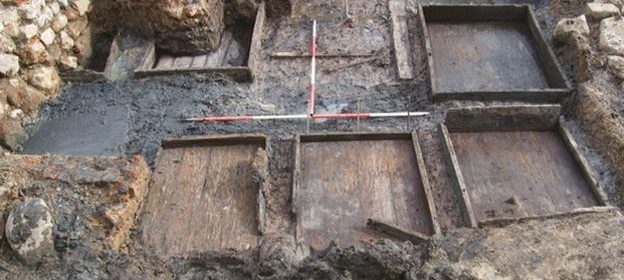
Hundreds of archaeological sites, dating from Stone Age to 19th century, unearthed in Northern Ireland
Over the last four years, hundreds of significant archaeological discoveries have been made over excavations in Northern Ireland. The Department of Communities has licensed 800 digs, mainly as a requirement of a planning process where developers are required to record important sites.
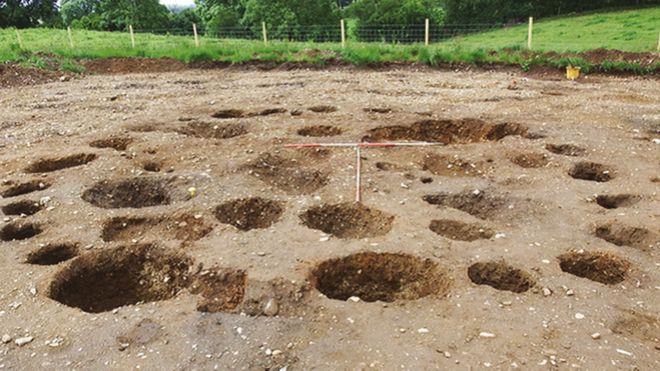
Which now presents descriptions of its discoveries in a booklet entitled Unearthed. The sites range from Stone Age farms to urban industries in the 19th century.
Senior archaeologist Andrew Gault explained why the department wanted this guide to be published. he said—”It’s the process of the archaeology that’s going on all the time in Northern Ireland in the background that people maybe aren’t aware of.”

Unearthed is concentrating on the years from 2015 to 2018 because this was the period when planning powers were transferred to local councils, but writers are aiming to make it a regular publication.
Mr Gault described the work resulting from the planning process as “mitigation archaeology”. “The works here are unexpected and unknown archaeology that emerges when the topsoil is removed,” he said.
Discoveries are commonly from:
The period after the Bronze Age settlement of 2500 to 800BC
Between the time of St Patrick (about AD500 ) to the arrival of the Normans in the 12th Century
“There’s potential to find a whole range of archaeological sites through the whole range of human occupation – back to 10,000 years ago when people first arrived here,” said Mr Gault.
Sites discovered include:
Glenshane ritual site
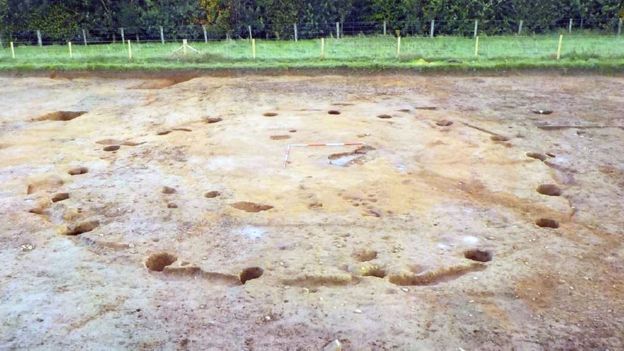
This late Neolithic ritual site was discovered during a quarry extension in Glenshane.
Archaeologists dated it to about 2500BC. The find comprised a timber circle – large wooden posts with an outer fenced forecourt – which was likely to have been the site of elaborate rituals attended by large crowds of people.
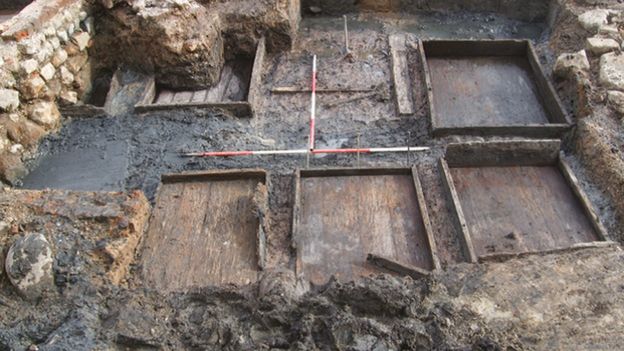
Fifteen wooden pits were uncovered at the Royal Exchange development site in the very heart of the city.
They date from the 18th century and form part of the city’s early industrial heritage.
They were used for soaking animal hides in the manufacture of leather on a commercial scale – an unpleasant and smelly job.
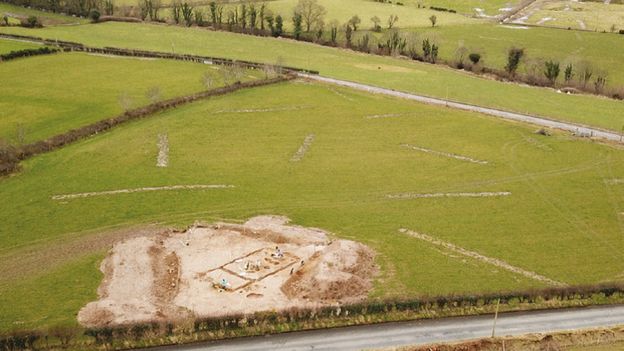
This substantial house was uncovered at Turmeel townland in County Londonderry during upgrading work on the A6 road.
Experts said it dates from the time when farming was first introduced to Ireland almost 6,000 years ago.
The building measured about 14 metres by seven metres. Almost 1,400 pieces of Neolithic pottery were also uncovered.
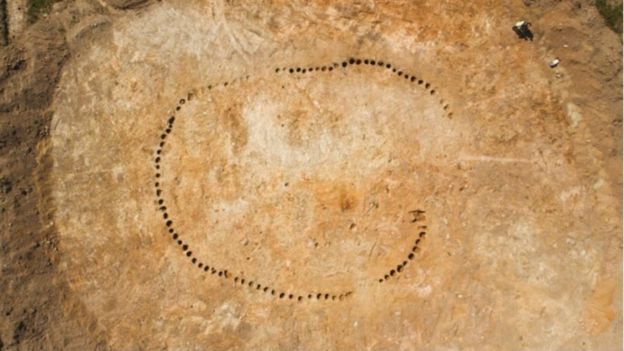
A Bronze Age roundhouse was identified at a solar farm in Rasharkin, County Antrim.
Enclosed houses like this generally date to the Middle Bronze Age, about 1500BC.
Finds included a possible rubbing stone and several pieces of late Bronze Age pottery.
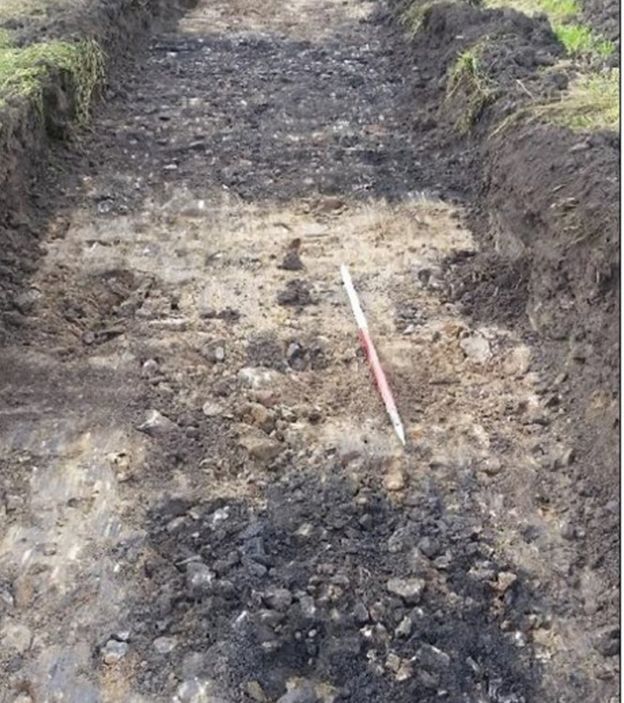
The site was uncovered at Laurel Hill solar farm in County Down. It is a “fulacht fiadh” – a cooking pit for wild animals.
Heated stones were placed in a water-filled trench: Meat could be cooked in the boiling water.
Solar farms have become a useful source of sites for archaeologists as they are often developed on south-facing slopes in open countryside.